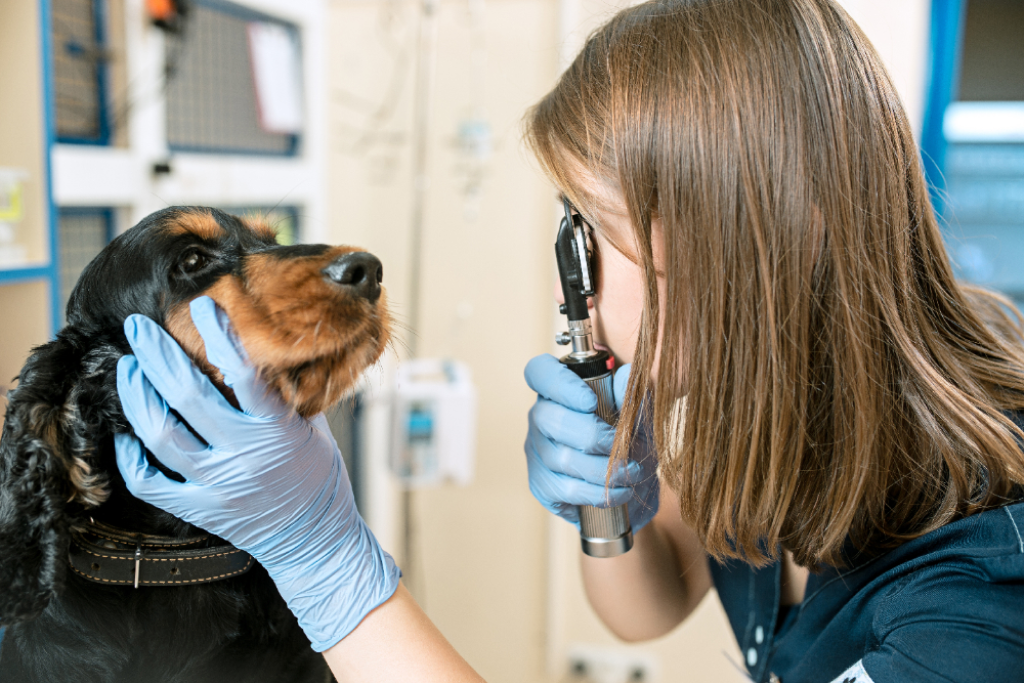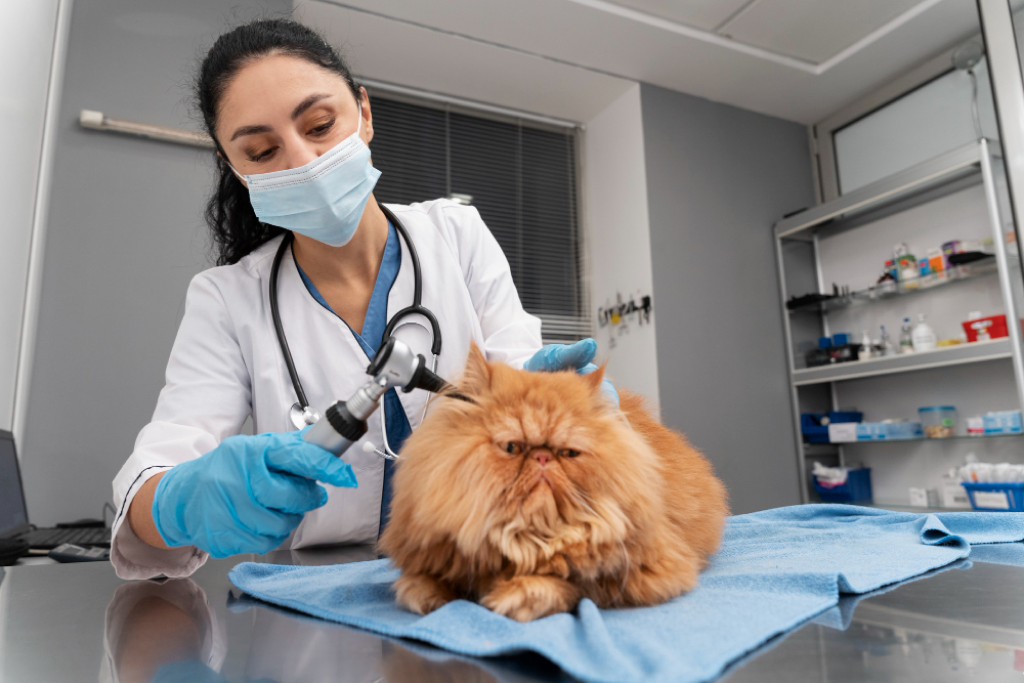What is Feline Atopic Skin Syndrome?
Feline Atopic Skin Syndrome is an allergic skin disease in cats, brought on by environmental or food allergens. It can also present as a secondary condition to other diseases. FASS typically affects the skin, gut, and respiratory system.
The condition presents with multiple patterns, which may include overgrooming, head and neck pruritus, miliary dermatitis, feline eosinophilic plaque, feline eosinophilic granuloma, and indolent ulcer. If you notice any of these patterns, consult your vet as soon as possible.
Which Breeds are at Risk of Cat Skin Allergies?
In cats, little is known about the heritability to FASS, however some studies have found a heritable component to development of allergic dermatitis in breeds such as Abyssinian, Somali, Ocicat, Siamese, Persian, Maine coon, Devon rex, and Himalayan.
What Causes Feline Atopic Skin Syndrome?
Feline Atopic Skin Syndrome is associated with environmental and food allergens. This means that cats with this condition have one or more allergies from their environment or diet. Examples of environmental allergens include, but are not limited to:
- Pollen
- Grass
- Plants
- Mold & mildew
- Other organic substances
- Dust
- Food
- Perfumes and colognes
- Fleas or flea-control products
- Household cleaning products
- Cigarette smoke
- Prescription drugs
- Some cat litters
What are the Symptoms of Feline Atopic Skin Syndrome?
Typically, FASS presents with patterns such as overgrooming, head and neck pruritus, miliary dermatitis, feline eosinophilic plaque, feline eosinophilic granuloma, and indolent ulcer. Noticeable symptoms may include:
- Excessive scratching, licking, and nibbling at the affected area
- Red spots (papules) and crusts
- Symptoms akin to hayfever or asthma in humans (e.g. sneezing, coughing, wheezing)
- Hair loss (alopecia) and hair thinning especially on the head, neck, underbelly and inner thighs
- A rash
- Thickened skin
In order to determine your cat’s specific allergies, veterinary dermatologists follow a step-by-step process to eliminate other underlying causes of the pet’s signs and then ultimately the potential allergens. This will typically begin with a detailed history, including information about parasite control, diet, and lifestyle. A general physical examination will then be performed, before focusing on the skin and the specific area of concern.
The diagnosis/elimination process may happen as follows, although your vet may simply choose an appropriate test based on your cat’s history and symptoms.
1 Testing for Parasites:
Veterinary dermatologists will first try to rule out parasites as the cause of FASS, and will conduct simple tests such as coat brushing, hair plucking, and skin scrapes. These samples are then examined under a microscope to check for parasites. Sometimes a flea elimination trial is then used where the cat, any incontact animals, and the environment is treated for parasites.
From here, the vet will diagnose and treat any existing infections or other symptoms which are a result of FASS.
2 Testing for Food Allergies:
If parasites are not the cause of the condition, the next step will be an elimination diet trial. This involves gradually stopping your cat’s current diet, replacing it with a new diet recommended by your vet, which will last around 6-8 weeks.
If your cat has a food allergy, you should begin to notice a difference within this time, and your vet will then reintroduce their old diet for a period of time to confirm the diagnosis.
3 Blood & Skin Tests for Atopic Dermatitis:
If parasites and food allergies are not what is causing your cat’s condition, an allergy blood test and/or an allergy skin test may be conducted to test for environmental allergens.
The allergy blood test is a simple, routine blood test which will be sent to a lab for analysis, however an allergy skin test is slightly more invasive, and your cat would need to be admitted for a few hours. This process involves sedating your cat, before clipping a small square of hair and injecting an allergen into the skin to monitor the response.
How is Feline Atopic Skin Syndrome Treated?
Once the veterinary dermatologist has determined your cat’s allergies, and what is responsible for FASS, they can then recommend a suitable treatment plan.
Parasite allergies, such as fleas, are managed with regular flea treatments, to which your vet will recommend an appropriate product. Food allergies are treated with an avoidance of the food(s) that your cat is allergic to; your vet will likely recommend a suitable, nutritional diet for long-term management.
Environmental allergens require life-long management to control the condition, as it tends to be harder to avoid such allergens. As such, your vet may recommend one or more of the following therapies:
- Anti-itch medication
- Immunotherapy
- Topical treatments such as shampoos, ointments, foams, wipes, and pads
- Antihistamines
- Essential fatty acids
Small Animal Dermatology Services at Knutsford Vets Surgery
Knutsford Vets offer a range of veterinary dermatology services to help diagnose and treat your pet’s skin problems. If you notice any of the symptoms and signs of Feline Atopic Skin Syndrome in your cat, get in touch with us as soon as possible and we’ll work with you to get to the root of the problem, before recommending a suitable care plan and tailored advice.








